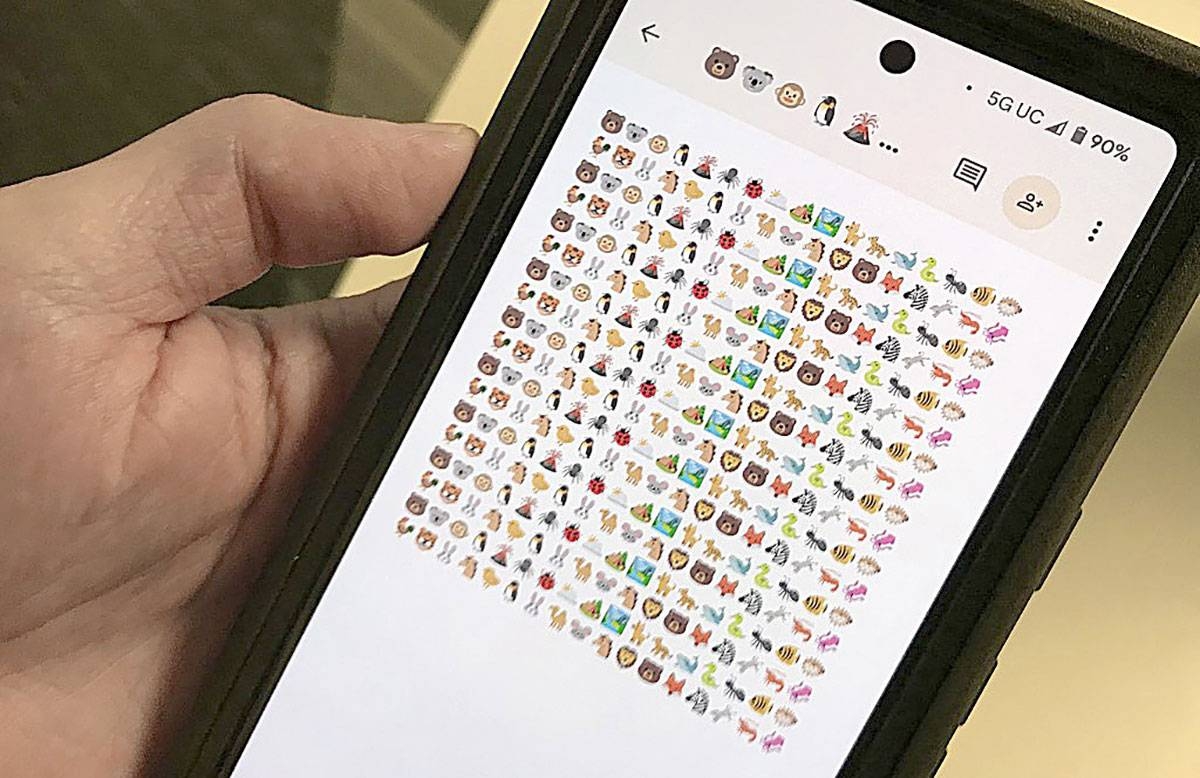WASHINGTON, D.C.: The current emoji catalog falls short in accurately representing the vast biodiversity found in nature, which poses a challenge to conservation efforts, according to scientists. An analysis published in the journal iScience highlights the underrepresentation of plants, fungi, and microorganisms in emojis.
While animals are well-represented in the emoji catalog, the same cannot be said for other forms of life. Authors Stefano Mammola, Mattia Falaschi, and Gentile Francesco Ficetola emphasize the importance of emojis in raising awareness and fostering an appreciation for the diversity of life on Earth in our increasingly digitized society.
The researchers, who are conservation biologists from the University of Milan, stress the need for diverse and inclusive emoji sets to ensure equitable representation of the tree of life in digital communication tools.
To assess the current state of nature and animal emojis, the team analyzed the offerings available in Emojipedia, a curated online catalog of emojis, and tracked changes between 2015 and 2022.
Among animals, vertebrates, including mammals, birds, reptiles, amphibians, and bony fish, dominated the emoji selection, making up 76 percent of animal emojis. In contrast, arthropods, which include insects, arachnids, and crustaceans, were underrepresented despite there being 1.3 million described species of arthropods compared to 85,000 known species of vertebrates.
The researchers also noted the absence of emojis representing platyhelminths, which are flatworms, including tapeworms, and nematodes, despite there being more than 20,000 species of each. This lack of representation undermines the diversity of life on Earth, as these organisms play crucial roles in various ecosystems.
However, the study did find some positive developments in emoji biodiversity. In 2020, the addition of the “worm” emoji represented a step towards inclusivity for annelids, which are segmented worms like earthworms. Similarly, cnidarians, such as corals, gained representation in 2021 with the addition of a red coral emoji.
While the inclusion of these emojis is a step in the right direction, more needs to be done to ensure a comprehensive representation of the natural world. Emojis have become a significant part of our digital communication, and their potential to raise awareness should not be underestimated.
Conservation efforts rely on public engagement and understanding, and emojis can play a role in fostering that connection. By accurately representing the biodiversity of our planet, emojis can help people develop a deeper appreciation for the natural world and encourage them to take action to protect it.
As we continue to navigate an increasingly interconnected global society, it is vital to consider the international audience when discussing emojis. Local laws, customs, and cultural references should be taken into account to ensure that the message is clear and relatable to people from different backgrounds.
In conclusion, the lack of biodiversity representation in emoji catalogs is a concern for conservationists. The current emoji selection favors certain animals over others and neglects significant components of the tree of life, such as plants, fungi, and microorganisms. By expanding and diversifying the emoji catalog, we can raise awareness and promote a greater understanding of the incredible biodiversity found on Earth. Emojis have the power to bridge the gap between digital communication and conservation, making them a valuable tool in the fight to protect our planet.







